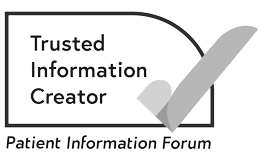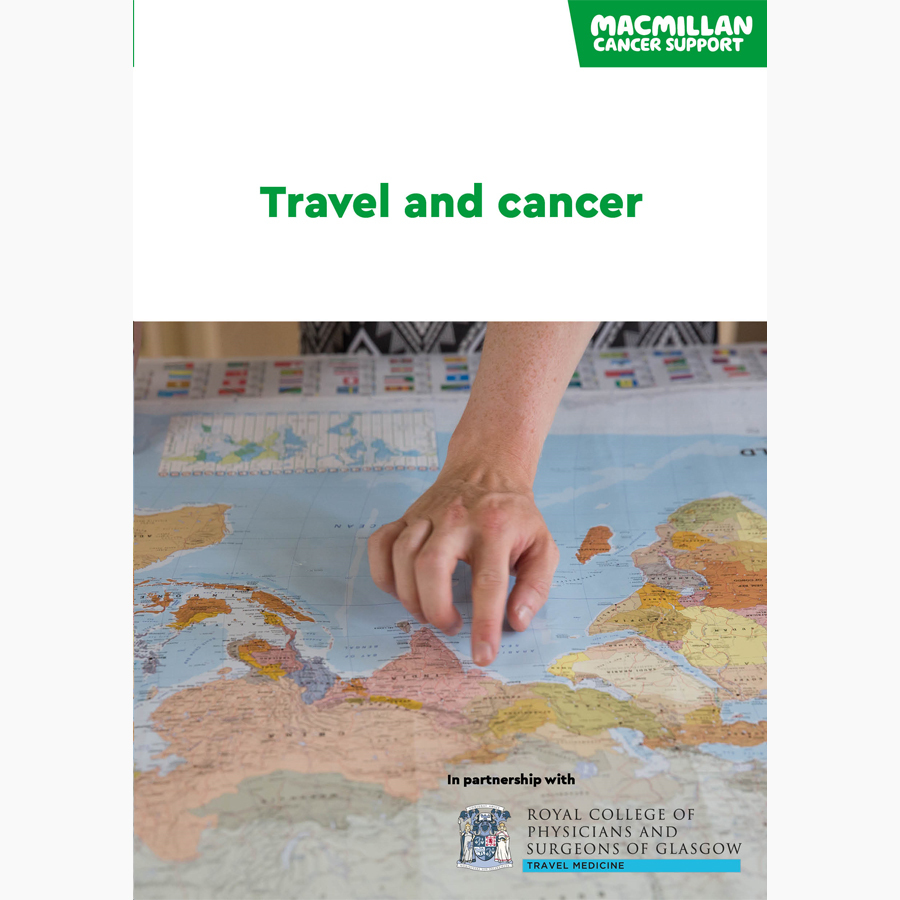Blood clots and cancer
Cancer and cancer treatments can increase the risk of blood clots. Your cancer team can tell you what to look out for and what can help lower the risk.
Blood clots (thrombosis)
Cancer can increase your risk of developing a blood clot (thrombosis). Some cancer treatments may also increase this risk.
Blood clots can be very serious if they are not treated.
Blood clot symptoms
Symptoms of a blood clot depend on where it is. Contact your cancer team or hospital straight away on the 24-hour number they have given you if you have any of these symptoms.
You should always call 999 if you have:
- chest pain
- difficulty breathing.
The leg (usually the calf) or arm
You may have throbbing pain, swelling or heat in the leg or arm. The skin may become red. If you have black or brown skin, redness may be harder to notice, but the skin may become darker. A blood clot in the leg or arm is called a deep vein thrombosis (DVT).
The lungs
You may have shortness of breath, coughing and chest pain. Some people cough up blood. A blood clot in the lungs is called a pulmonary embolism (PE).
The brain
You may have headaches, blurred vision or dizziness. A blood clot in the brain can also cause a stroke or transient ischaemic attack (TIA). Symptoms of a stroke or TIA include weakness, numbness or pins and needles, or problems with speech or swallowing.
The heart
You may have chest pain (angina). A blood clot in the heart can sometimes cause a heart attack.
The tummy area (abdomen)
You may have pain in the abdomen. This type of clot can affect the bowel, liver or spleen.
The vein at the end of a central line or PICC line
You may have pain or swelling in the arm, shoulder or chest on the same side as the line. If you have white skin, the area may become red. If you have black or brown skin, it may become darker.
Related pages
Are you at risk of blood clots?
If you have cancer, your risk of developing a blood clot may increase. The risk can depend on:
- the types of cancer
- the type of cancer treatment
- whether the blood cells (platelets) or chemicals in your blood that control clotting are affected
- how mobile you are
- other medical conditions you have, such as diabetes or heart problems
- the medication you take
- your family history
- other factors, such as smoking and being overweight.
The NHS and Thrombosis UK have general information about blood clots.
Preventing blood clots during cancer treatment
There are things you can do to help lower your risk of blood clots. These include:
- taking short walks regularly
- exercising the muscles in your legs regularly, even when you are not walking
- drinking plenty of water
- taking deep breaths to keep your blood flowing
- trying to avoid crossing your legs while sitting
- keeping to a healthy weight.
If you are worried about your risk of blood clots, talk to your cancer team. They can tell you about things that may reduce your risk.
If you are at risk, your doctor may prescribe medicines to reduce the risk of blood clots forming.
Preventing blood clots after surgery
Your nurse may give you compression stockings to put on before surgery. You may also have to wear these for a short time afterwards. Compression stockings reduce the risk of getting a blood clot in your legs. Compression socks and stockings need to be the correct size to work effectively, with no folds or wrinkles. Your nurse will measure you and check this.
You will be encouraged to get out of bed soon after your operation. Moving around will help you recover more quickly and help reduce the risk of blood clots. While you are in bed, it is important to move your legs regularly. Your nurse or physiotherapist can show you some exercises.
Your nurse may give you medicines to help prevent blood clots forming (anticoagulants). You usually have these as an injection under the skin (subcutaneously). Sometimes you have them as tablets.
Treatment for blood clots
Blood clots are treated with drugs that thin the blood (anticoagulants). These do not cure the clot, but they stop it growing bigger and prevent other clots forming. This allows the body to break down the clot naturally. You may need treatment for a few months or sometimes longer.
The most common types of anticoagulant used to treat people with cancer are:
- injections given under the skin called dalteparin, enoxaparin and tinzaparin
- tablets called apixaban, dabigatran, edoxaban or rivaroxaban.
Your cancer team will advise you on which treatment is suitable for you. For some treatments, you need regular blood tests. If you are having anticoagulant treatments, your cancer team will give you a patient alert card. You should carry this at all times. It is to show doctors you are having anticoagulants in case you need other medical treatments.
Travel and blood clot risk
Travel, especially flying, can increase the risk of blood clots. This is because you may sit still for long periods. The same thing can happen on long car, bus or train journeys. Talk to your cancer team if you are planning a flight or long trip over 3 hours. They can talk to you about reducing your risk.
If you are going on a flight for more than 3 hours, your cancer team might suggest you wear compression socks or stockings or take an aspirin. But it is important not to take aspirin without checking with your cancer team first.
Compression socks and stockings need to be the correct size to work properly, with no folds or wrinkles. Ask a nurse or pharmacist to help if needed.
Here are some other tips:
- Book an aisle seat on flights and long train journeys. This will make it easier to move around. Try to walk up and down the aisle for a few minutes every hour.
- Wear loose-fitting, comfortable clothing, especially around the waist and groin.
- When sitting, exercise your legs, feet and toes about every 30 minutes.
- Try some upper body and breathing exercises. These help improve your circulation.
- Avoid taking sleeping pills.
- Drink plenty of fluids, especially during flights. But avoid alcohol, as this can make you dehydrated.
Booklets and resources
About our information
This information has been written, revised and edited by Macmillan Cancer Support’s Cancer Information Development team. It has been reviewed by expert medical and health professionals and people living with cancer.
-
References
Below is a sample of the sources used in our ulcerating cancer wounds information. If you would like more information about the sources we use, please contact us at informationproductionteam@macmillan.org.uk
NICE. Venous thromboembolic diseases: diagnosis, management and thrombophilia testing. NICE guideline [NG158]. Published: 26 March 2020 Last updated: 02 August 2023 www.nice.org.uk/guidance/ng158 (accessed October 2023)
Falanga A, Ay C, Di Nisio M, et al, on behalf of the ESMO Guidelines Committee. Venous thromboembolism in cancer patients: ESMO Clinical Practice Guideline. Ann Oncol. 2023;34(5):452-467. www.annalsofoncology.org/article/S0923-7534(22)04786-X/fulltext (accessed October 2023)
Date reviewed

Our cancer information meets the PIF TICK quality mark.
This means it is easy to use, up-to-date and based on the latest evidence. Learn more about how we produce our information.
The language we use
We want everyone affected by cancer to feel our information is written for them.
We want our information to be as clear as possible. To do this, we try to:
- use plain English
- explain medical words
- use short sentences
- use illustrations to explain text
- structure the information clearly
- make sure important points are clear.
We use gender-inclusive language and talk to our readers as ‘you’ so that everyone feels included. Where clinically necessary we use the terms ‘men’ and ‘women’ or ‘male’ and ‘female’. For example, we do so when talking about parts of the body or mentioning statistics or research about who is affected.
You can read more about how we produce our information here.





